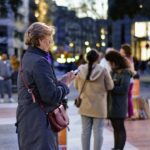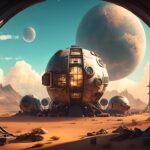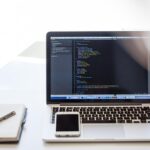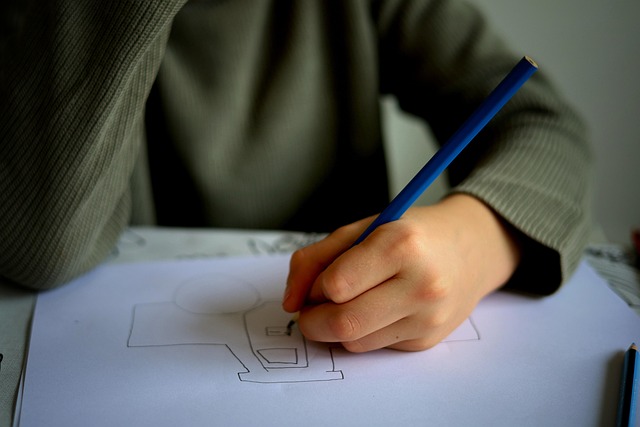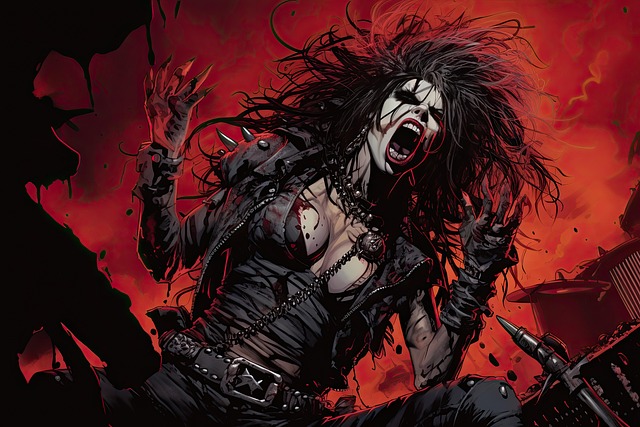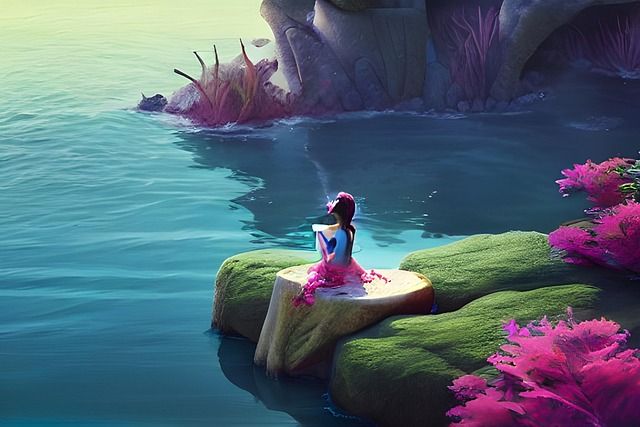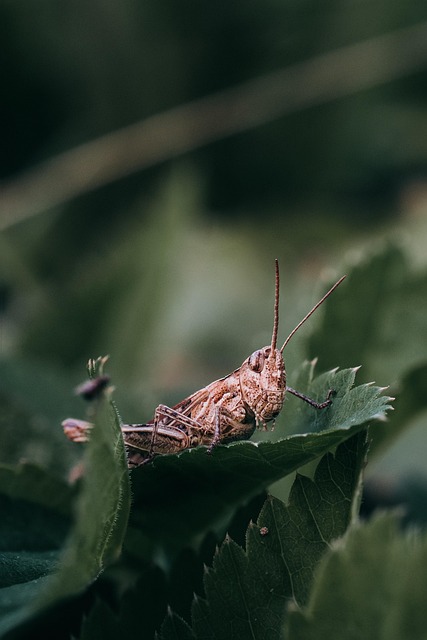# Exploring the Intersection of Technology and Art: The Rise of AI-Generated Masterpieces
The fusion of technology and art has been a topic of fascination for centuries, but recent advancements in artificial intelligence (AI) have sparked a revolutionary shift in how we create and perceive artistic expression. As algorithms become increasingly sophisticated, they are now capable of generating artworks that challenge traditional notions of creativity and authorship. This article delves into the implications of AI-generated masterpieces, exploring their creative processes, the philosophical questions they raise, and their impact on the art world.
## The Creative Process of AI Artistry
To understand the rise of AI-generated art, one must first grasp the underlying technology that powers these creations. Machine learning, particularly deep learning, plays a pivotal role in this domain. Algorithms are trained on vast datasets of existing artworks, learning to recognize patterns, styles, and techniques. This training allows AI systems to create original pieces that mimic or innovate upon established artistic styles.
Generative Adversarial Networks (GANs) represent one of the most significant breakthroughs in this field. A GAN consists of two neural networks: a generator that creates images and a discriminator that evaluates them. The generator continuously improves its output based on feedback from the discriminator, leading to increasingly sophisticated artworks. This iterative process not only enhances the quality of the generated images but also enables the exploration of new artistic styles that may not have been previously conceived by human artists.
Moreover, AI tools have democratized art creation, allowing individuals without formal training to produce compelling works. Platforms like DeepArt and Runway ML provide user-friendly interfaces that enable anyone to experiment with AI-generated art. As a result, the accessibility of these technologies has sparked a surge of creativity, inviting a diverse range of voices into the artistic conversation.
## Philosophical Questions and Artistic Authorship
The emergence of AI-generated art raises profound philosophical questions about creativity, authorship, and the nature of art itself. Traditionally, art has been viewed as a deeply human endeavor, rooted in emotion, experience, and intention. However, when an algorithm generates a piece, one must consider whether it can possess the same depth of meaning or emotional resonance as a human-created work.
Critics argue that AI lacks the consciousness and subjective experience necessary to create true art. While an AI can mimic styles and techniques, it does so without any personal context or emotional investment. This perspective challenges the notion of artistic intent, suggesting that the value of art lies not only in its aesthetic qualities but also in the story and experience behind its creation.
Conversely, proponents of AI-generated art argue that the technology is merely a tool, akin to a paintbrush or camera, that extends human creativity rather than replaces it. In this view, the collaboration between human artists and AI can lead to innovative outcomes that push the boundaries of artistic expression. By leveraging AI’s capabilities, artists can explore new avenues of creativity, resulting in works that are not only visually stunning but also conceptually rich.
## The Impact on the Art World
As AI-generated masterpieces gain recognition, their impact on the art world becomes increasingly evident. Major galleries and auction houses have begun to embrace AI art, showcasing works that challenge conventional paradigms. In 2018, an AI-generated portrait titled “Edmond de Belamy” was auctioned at Christie’s for an astounding $432,500, marking a significant milestone in the acceptance of AI art within the mainstream art market.
This acceptance has led to a broader conversation about the definition of art and the role of the artist in society. As AI continues to evolve, the lines between human and machine-generated art may blur, prompting artists to redefine their practices and explore new collaborations with technology. The potential for AI to generate art that resonates with audiences on an emotional level raises exciting possibilities for the future of artistic expression.
Furthermore, the rise of AI-generated art has sparked discussions about the ethical implications of using technology in creative fields. Issues such as copyright, ownership, and authenticity come to the forefront as artists navigate the complexities of integrating AI into their practices. As the art world grapples with these challenges, it becomes crucial to establish frameworks that ensure fair treatment of both human and AI creators.
## Conclusion: Embracing the Future of Art
The intersection of technology and art is an exhilarating frontier that invites exploration and experimentation. AI-generated masterpieces represent a paradigm shift in the creative landscape, challenging traditional notions of artistry while expanding the possibilities for expression. As artists, technologists, and audiences continue to engage with this evolving medium, the dialogue surrounding creativity, authorship, and the role of technology in art will undoubtedly deepen.
Ultimately, the rise of AI-generated art is not a replacement for human creativity but rather an enhancement of it. By embracing the potential of AI, artists can unlock new dimensions of creativity, pushing the boundaries of what art can be. As we stand at this crossroads, the future of art is poised to be a rich tapestry woven from the threads of human ingenuity and technological innovation. The journey ahead promises to be as captivating as the masterpieces it will yield.

